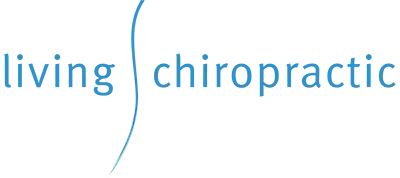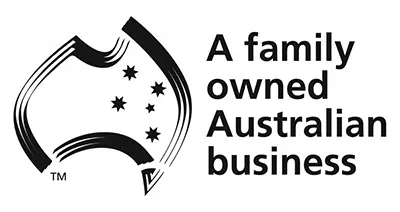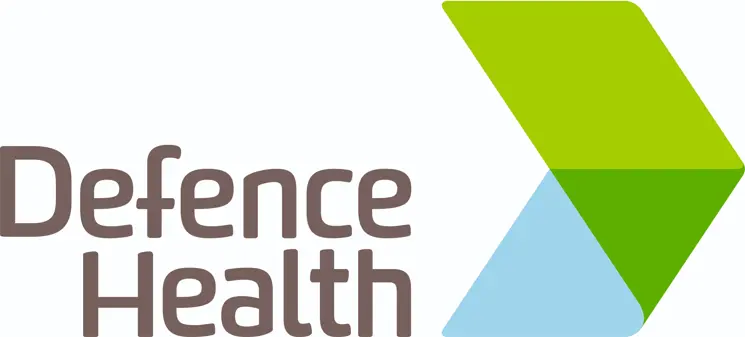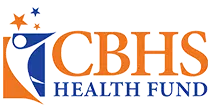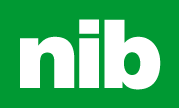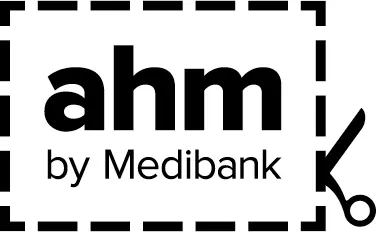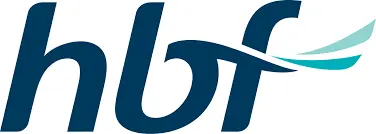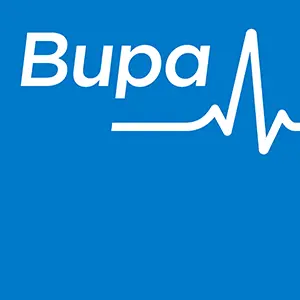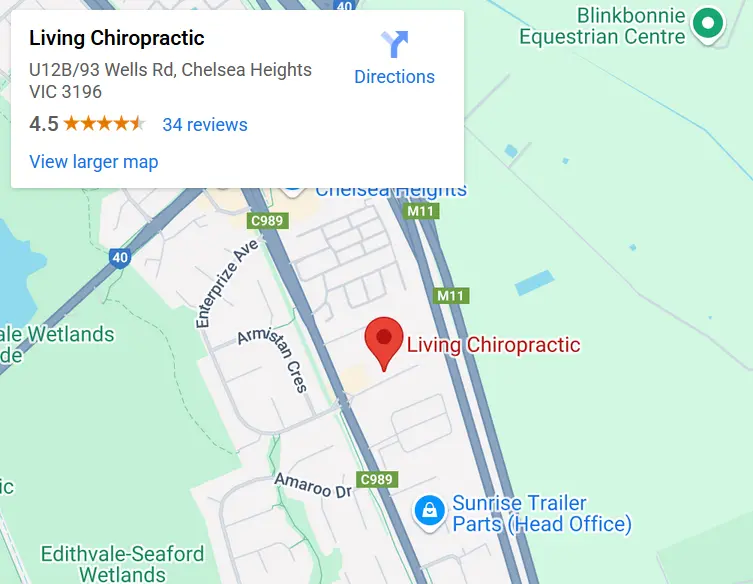Muscle pain? Stiff joints? Tried everything?
Let’s sort it.
Myotherapy is hands-on treatment for tight, sore, overworked muscles and joints that just aren’t doing what they should. If you’re sick of being told to “just rest it” or stretch more—this is for you.
It’s not a fluffy massage. It’s targeted, clinical, and focused on getting you moving better, feeling stronger, and staying pain-free.
Why Myotherapy?
✔ You’re in pain and want real relief
✔ Your movement feels stuck or restricted
✔ You’ve had an injury (recent or old) that’s holding you back
✔ You want your body to actually recover—not just mask the pain
✔ You’re over the guessing game
What We Treat
Back pain, neck pain, headaches
Tight shoulders, sore hips, stiff knees
Sports injuries
Postural strain from desk work or repetitive movement
Recovery after surgery
TMJ/jaw pain
Sciatica and nerve tension
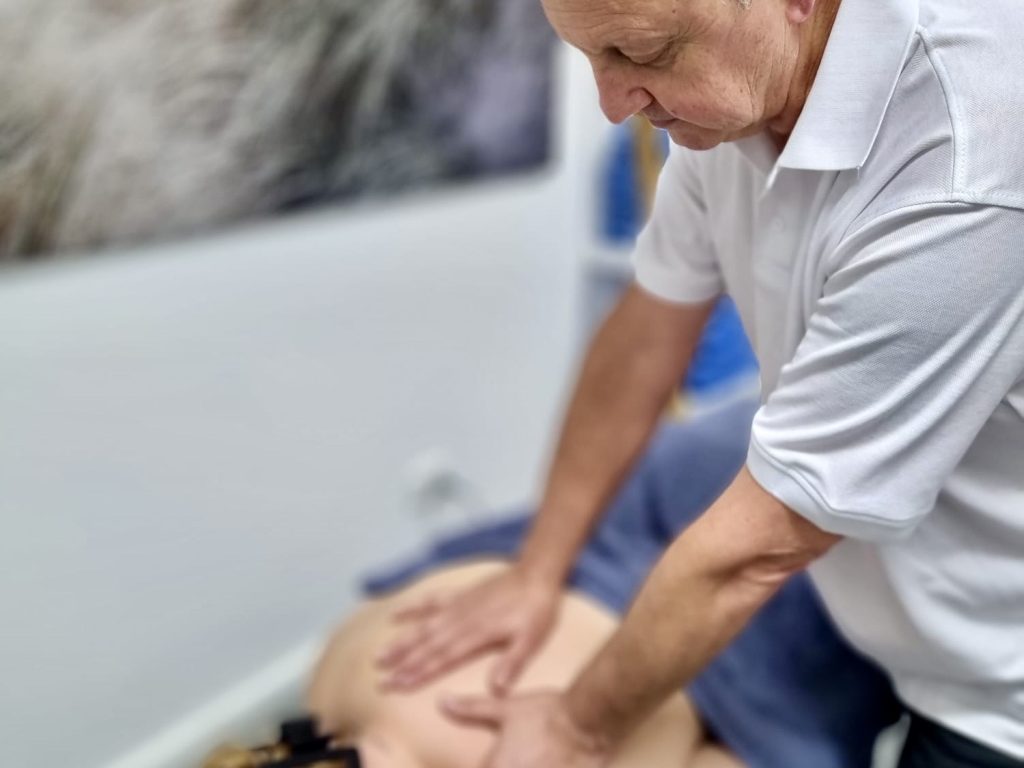
What’s in a Session?
We start with a quick chat to find out what’s bothering you—then we get to work.
You might experience:
Dry needling to release tight muscles
Joint mobilisation to get things moving
Soft tissue work (yep, deep tissue if you need it)
Rehab exercises to keep the progress going
Cupping or lymphatic drainage, if needed
Every session is tailored. No cookie-cutter treatments here.
Why Choose Us?
✔ Qualified myotherapists who know their stuff
✔ Teamwork with chiropractors and massage therapists under one roof
✔ We take our time—you’re not just a number
✔ Based in Chelsea Heights, with easy parking and a warm vibe
Still unsure if it’s for you?
That’s okay—just book a chat. We’ll help you figure out what’s best for your body.
📞 Call us: 03 9580 2282
💻 Book online
📍 Visit us in Chelsea Heights
Move better. Feel stronger. Get back to doing what you love.
